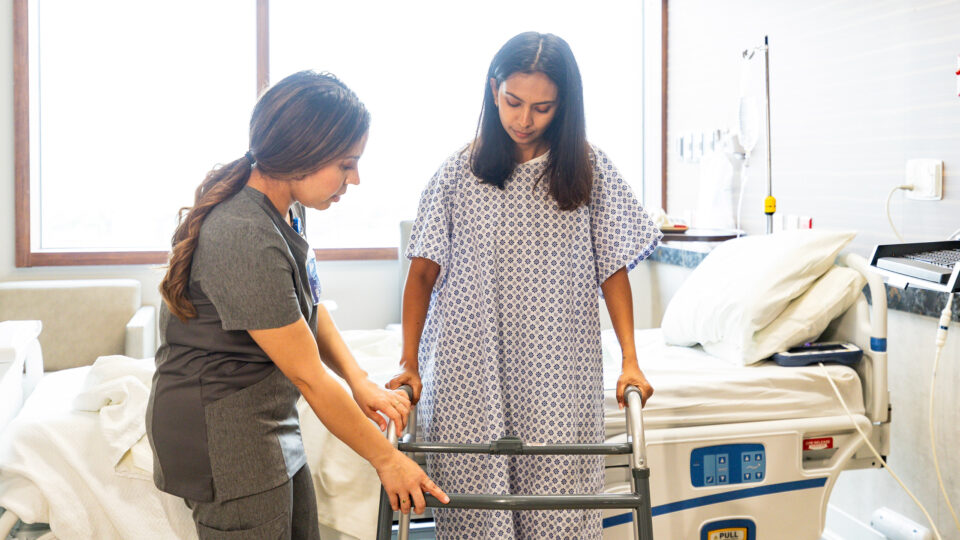Inpatient falls after total knee arthroplasty (TKA) can lead to patient injury and delay postoperative recovery. Orthopedic surgeons often use adductor canal blocks (ACBs) during such surgeries to improve pain control, but some experts have raised concerns over whether the blocks might contribute to the loss of proprioception and motor or sensory function and predispose patients to falls.
Tourniquets can improve perioperative visibility but have prompted similar concerns: that they could impair quadriceps muscle function and contribute to postoperative inpatient falls.
“Using tourniquets and blocks, even in combination, doesn’t have any significant effect on inpatient falls and can be used safely for knee replacement.”
Joshua C. Rozell, MD
A recent retrospective analysis of nearly 6,500 patients who underwent an elective TKA and stayed at least one night in the hospital at NYU Langone Health, however, found no association between fall incidence and the use of a tourniquet, an ACB, or both together.
Instead, the patient safety study pointed to longer lengths of stay as increasing fall risk, leading to higher all-cause revision rates.
“Our validating study showed that using tourniquets and blocks, even in combination, doesn’t have any significant effect on inpatient falls and can be used safely for knee replacement,” says study co-author and orthopedic surgeon Joshua C. Rozell, MD.
Low Fall Incidence
The study found a low occurrence rate of inpatient falls: 2.7 falls per 1,000 patient-days. Of the 6,472 patients included in the study, 39 sustained falls, most commonly on postoperative days one and two.
The patients who fell had significantly longer lengths of stay (3 days versus 2.3 days) and higher revision rates at latest follow-up (10.3 percent versus 2 percent) than their counterparts who didn’t fall. Of the 39 patients who fell, 6 sustained minor injuries and 1 sustained an ankle fracture that did not require further surgery.
The research, Dr. Rozell says, highlights the collaborative, multidisciplinary efforts of the arthroplasty program’s surgeons, nurses, anesthesiologists, physical and occupational therapists, and case managers.
The important observation that neither tourniquets nor ACBs increased the low fall rates, he adds, suggests that both perioperative TKA interventions can be safely used, based on a surgeon’s comfort level.
“If a surgeon feels comfortable performing the surgery with a tourniquet, I don’t think there’s any significant detriment to using one,” he says. “In general, I also think the adductor canal block is a useful adjunct to help with postoperative pain control and limiting the amount of opioids that patients require.”
Setting Patient Expectations
Teasing out the most significant risk factors may require larger-scale studies, Dr. Rozell cautions.
As part of preoperative optimization, however, he emphasizes the importance of screening based on patients’ home environments, medical comorbidities, and other factors that could contribute to a longer length of stay, higher likelihood of revision, and overall fall risk. “Understanding the risk factors for falls preoperatively can help us prepare patients more appropriately for after the surgery,” he says.
“Sometimes patients feel that they have to progress at a faster rate than is anticipated, so they do too much too soon and potentially run into issues.”
A critical part of that preparation, Dr. Rozell adds, is setting expectations about knee pain and function after the TKA surgery.
“Sometimes patients feel that they have to progress at a faster rate than is anticipated, so they do too much too soon and potentially run into issues,” he says. “I think that preoperative education of the patient, tempering their expectations, and making sure they understand the type and amount of pain they’re going to be in after the surgery is very important.”






